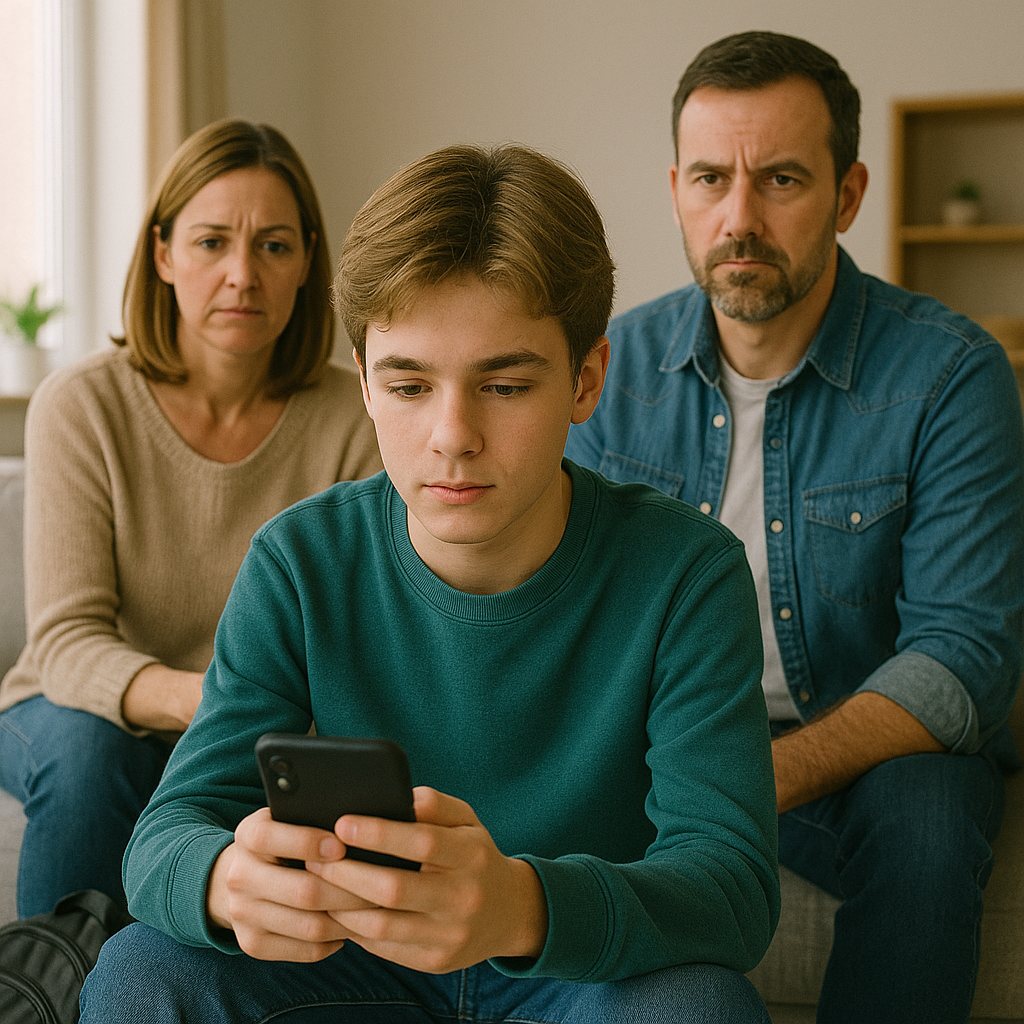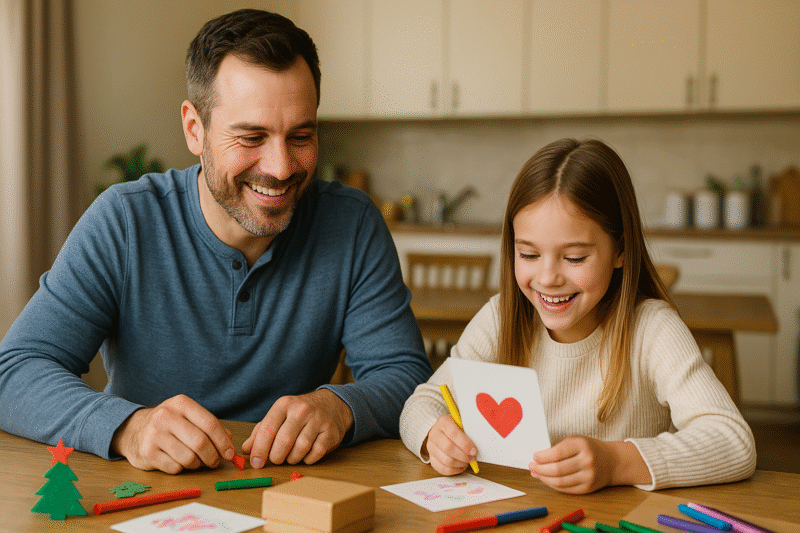As kids head back to school, it’s not just the classrooms and playgrounds where friendships play out — it’s also online. Social media has become a huge part of tweens’ and teens’ lives, with apps like TikTok, Instagram, Snapchat, and WhatsApp being used to stay connected long after school.
But as much as social media can be fun and social, it also comes with risks. So, is it safe for tweens and teens — and what can parents do to keep them protected as the school term begins?
The Reality of Social Media for Kids
For tweens (ages 9–12), most social media platforms are technically off-limits — most apps have a minimum age of 13. Yet many younger children still sign up, often with parental permission or by entering a false age. For teens, social media can be a way to bond with peers, share school experiences, and build confidence.
The challenge is that the same platforms can also expose kids to cyberbullying, pressure to fit in, online predators, and harmful content. With the return to school, these risks can feel magnified, as social groups shift and digital conversations overlap with real-life drama.
What Parents Need to Know
1. Privacy Settings Are Key
Encourage your child to keep accounts private and limit who can follow them. Make sure they know not to share personal details like their school, address, or phone number.
2. Talk About Online Behaviour
Remind your child that the same rules of kindness apply online as in person. Encourage them to think before they post — would they be happy for a teacher or grandparent to read it?
3. Cyberbullying Is Real
Sadly, bullying doesn’t always stop at the school gates. Watch for signs that your child may be experiencing online harassment — sudden changes in mood, reluctance to use their phone, or withdrawing from friends.
4. Screen Time Boundaries Help
Back-to-school is a good time to reset routines. Set limits on phone use at night and during homework. Encourage screen-free family time so social media doesn’t dominate their day.
5. Encourage Open Conversations
The best safety tool is trust. Let your child know they can come to you if something makes them uncomfortable online, without fear of losing their device. Being approachable makes it more likely they’ll share problems early.
Balancing the Positives and Risks
It’s worth remembering that social media isn’t all bad. For many tweens and teens, it’s a creative outlet and a way to connect with friends outside school hours. Used wisely, it can even boost confidence and help them feel part of a community.
The key is balance: teaching kids to enjoy the positives while knowing how to handle the risks.
Final Thoughts
So, is social media safe for tweens and teens? The truth is, it depends on how it’s used — and how much guidance they have at home. Most platforms set the minimum age at 13, and sticking to those guidelines is important. Younger children may not yet have the maturity to handle the pressures and risks of being online. For teens who are old enough, it’s about balance: encouraging them to enjoy the positives while giving them the tools to deal with the challenges.
With open conversations, clear boundaries, and support from parents, kids can learn to use social media safely and responsibly as they head back into a new school year.








